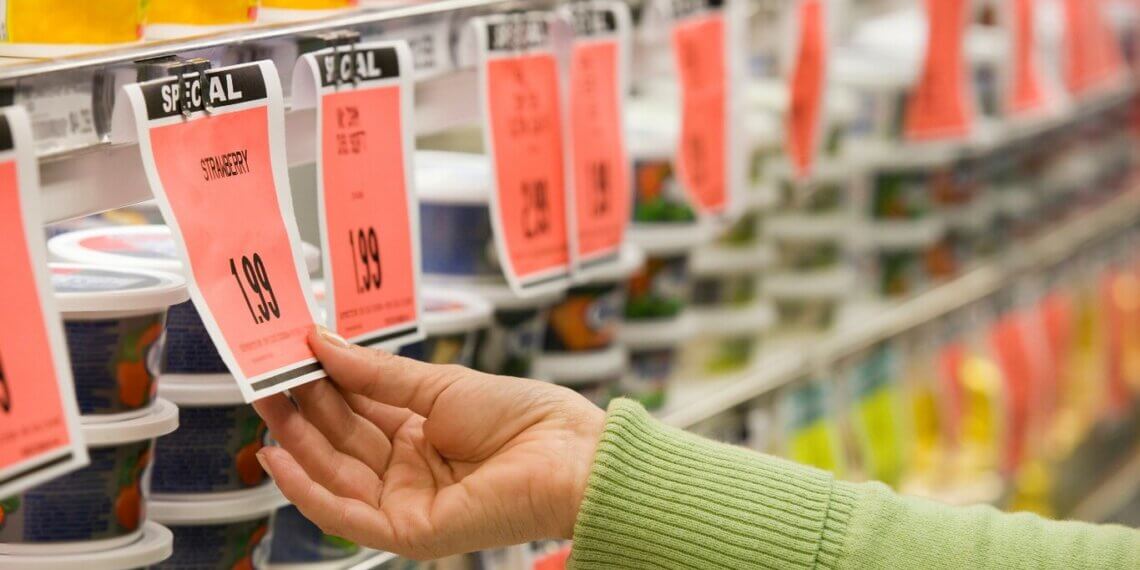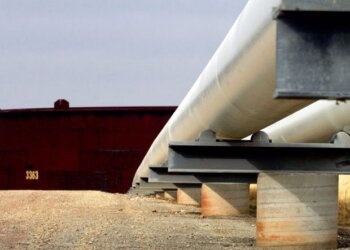The US inflation rate decreased for the third consecutive month in April when annual consumer prices rose 2.3% instead of 2.4% according to the Labor Department. The prices during April increased by 0.2% after prices decreased by 0.1% in March. The 0.4% decrease in grocery prices was primarily driven by a 12.7% drop in egg prices although eggs continue to cost 49% more than last year. The annual core inflation rate which excludes food and energy prices remained steady at 2.8%. The pre-tariff stockpiles delayed price increases because of the April 5 Trump tariffs which imposed 10% global tariffs and 30% tariffs specifically on Chinese goods. The prices of clothing and new cars remained unchanged but computer and toy prices increased which suggests tariff impacts. Economists including Laura Rosner-Warburton predict that inflation will increase to 3% by June because tariff costs will start to appear. Mattel has announced plans to increase prices for toys manufactured in China. The decrease in airfare and hotel prices because of fewer foreign visitors acted as a force to reduce inflation. The Federal Reserve faces difficulties in reaching its 2% inflation target because tariffs might increase prices which would delay interest rate reductions. The reduction in tariffs has decreased recession risks yet inflation is projected to surpass 3% during summer which will create difficulties for consumers.
Inflation Cools, but Tariffs Loom Large
Related Posts
© 2025 Newsweek World.
All rights reserved.










